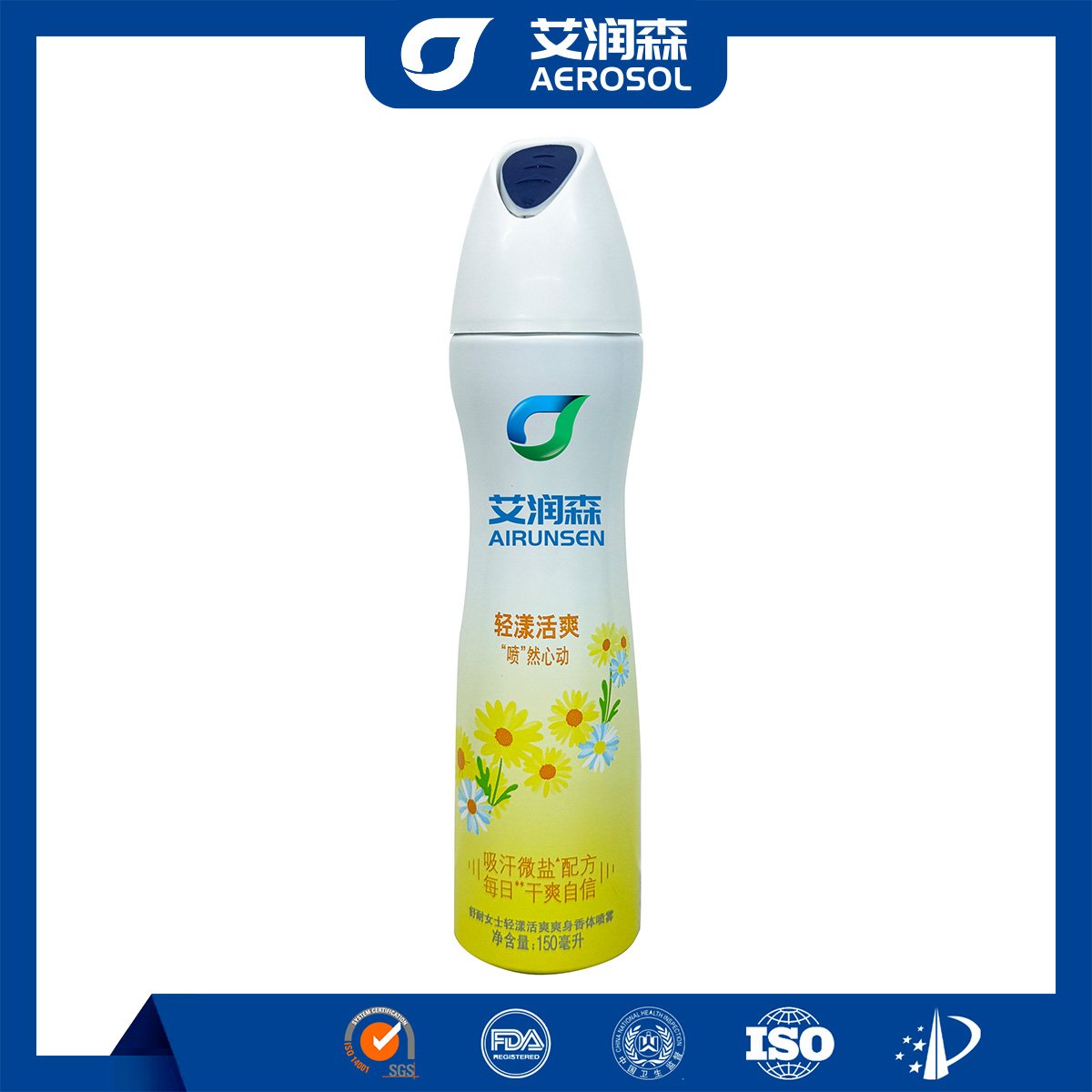Components
- Silicone – based Release Agents
- These are among the most common types. They typically contain silicone polymers such as polydimethylsiloxane. The silicone component provides excellent non – stick properties. It forms a thin, flexible film on the mold surface that has a low surface energy, making it difficult for the molded material to adhere. Some silicone – based release agents may also contain solvents like mineral spirits or hydrocarbon solvents to help with the application and drying process, allowing the silicone film to spread evenly.
- Wax – based Release Agents
- Composed mainly of natural or synthetic waxes. Natural waxes can include carnauba wax, which is derived from the leaves of a Brazilian palm tree. Synthetic waxes are also used and are designed to provide a consistent and reliable release effect. These wax – based agents often have additives such as emulsifiers to make them easier to apply as a liquid emulsion. The wax forms a barrier layer on the mold surface, preventing the molded material from sticking.
- Polymeric Release Agents
- Made from various polymers, such as polyvinyl alcohol (PVA) or polyethylene. PVA – based release agents are water – soluble and can provide a good release effect for some materials. The polymers create a film that separates the mold from the molded product. They can also have additives to improve their stability and performance, like anti – foaming agents to prevent the formation of bubbles during application.
Efficacy
- Prevent Adhesion
- The primary function of a release agent is to ensure that the molded material does not stick to the mold. For example, in the plastic injection molding process, the release agent forms a thin film that acts as a barrier between the plastic and the mold cavity. This allows the finished plastic part to be easily ejected from the mold without any damage or deformation due to sticking.
- Improve Surface Finish
- It helps to improve the surface quality of the molded product. By preventing the material from adhering too closely to the mold, it reduces the likelihood of surface defects such as tearing, pitting, or roughness. In the case of concrete molding, a good release agent can result in a smooth – surfaced concrete element, which is especially important for architectural and decorative applications.
- Enhance Mold Lifespan
- By reducing the adhesion of the molded material, release agents also protect the mold from damage. The repeated process of removing stuck – on material can cause wear and tear to the mold. The use of a release agent minimizes this problem, allowing the mold to be used for a longer number of cycles. In the production of rubber products, for example, a release agent can significantly extend the useful life of the rubber – molding dies.
Advantages
- Cost – effectiveness
- Using a release agent can lead to cost savings in the long run. By protecting the mold and reducing the need for mold repairs or replacements due to damage caused by material adhesion, manufacturers can save on the high costs associated with mold maintenance. In addition, it reduces the amount of waste caused by damaged or unusable molded products due to sticking problems.
- Versatility
- Release agents are available for a wide range of molding processes and materials. Whether it’s for metal casting, plastic molding, or composite manufacturing, there are specific release agents designed to meet the requirements of each process. They can also be adjusted or formulated to work with different types of molds, such as metal, silicone, or composite molds.
- Ease of Use
- Most release agents are easy to apply. They can be sprayed, brushed, or wiped onto the mold surface, depending on the type and viscosity of the agent. The drying or curing time is usually relatively short, allowing for quick turnaround in the molding process. For example, a spray – on silicone release agent can be quickly applied to a mold and be ready for use in a matter of minutes, depending on the ambient conditions and the specific product requirements.



















